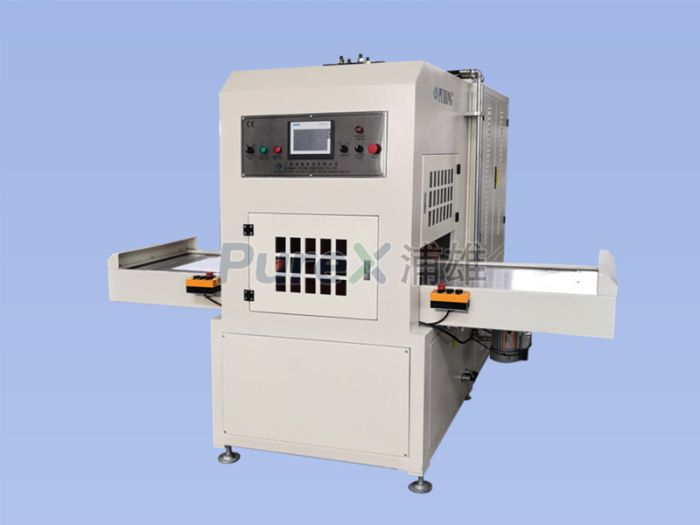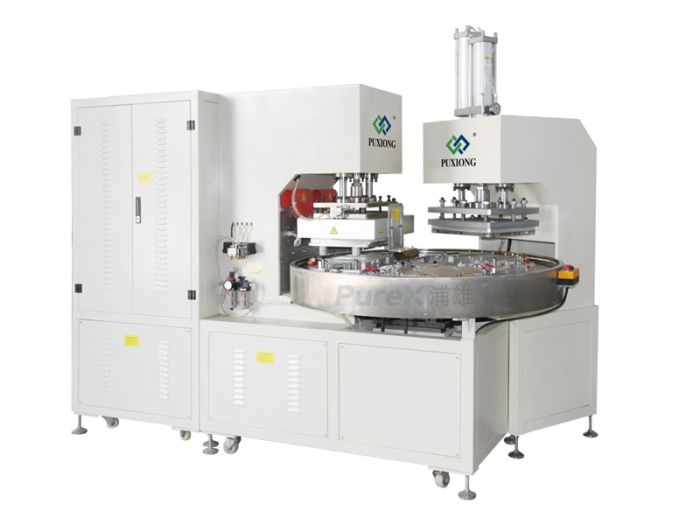Create diverse designs and personalized demands for pockets
I. Diversified Design of Ostomy Bags
-
One-Piece Ostomy Bags
- Design Features: The one-piece ostomy bag integrates the baseplate and the pouch into a single unit. During replacement, the entire unit must be removed. This design simplifies the replacement process, offering quick and easy operation, especially suitable for elderly individuals with mobility and self-care capabilities. The baseplate is typically thin, soft, and skin-friendly, ensuring strong adhesion and stability to prevent leakage of waste.
- Application Scenarios: Widely used for daily home care and short trips. Its convenience allows patients to manage self-care independently, reducing reliance on external assistance.
- Market Feedback: Patients appreciate the ease of use but report discomfort during removal due to the tight adhesion of the baseplate. Manufacturers should focus on improving adhesion quality and comfort.
-
Two-Piece Ostomy Bags
- Design Features: A two-piece ostomy bag consists of a baseplate and a detachable pouch connected via a coupling ring. The baseplate adheres to the abdominal wall, while the pouch can be removed, cleaned, and reused. This design enhances flexibility and cost-effectiveness, allowing patients to replace the pouch without removing the baseplate.
- Application Scenarios: Ideal for bedridden or mobility-impaired patients. Its reusable nature lowers financial burdens and works well with leakage prevention products like pastes or strips.
- Market Feedback: Patients value its affordability and ease of maintenance. However, some report issues with loose coupling rings or poor pouch sealing. Manufacturers should prioritize ring stability and sealing performance.
-
Open-End vs. Closed-End Ostomy Bags
- Design Features: Open-end bags feature a closure clip or specialized sealing mechanism, enabling partial emptying when not full. Closed-end bags lack this feature and require full replacement once used.
- Application Scenarios: Open-end bags suit patients with high waste output needing frequent emptying. Closed-end bags are preferred for low output or infrequent changes.
- Market Feedback: Open-end bags are praised for convenience but require diligent closure clip hygiene to prevent leaks. Closed-end bags are favored for affordability and simplicity.
II. Addressing Personalized Needs
-
Customized Design
Manufacturers now offer customized solutions tailored to individual patient needs (e.g., stoma location, size, and shape). Personalized designs improve product compatibility and user satisfaction. -
Functional Innovations
Advances include odor-reducing filters, soft non-woven materials for skin comfort, and automatic gas-venting mechanisms. These innovations solve practical issues and enhance market competitiveness. -
Smart Technology Integration
High-end ostomy bags now incorporate sensors and smart monitoring systems to track waste levels and prompt timely replacements. This improves care efficiency and reduces caregiver workloads.
III. Corporate Strategies for Meeting Specialized Needs
-
Deep Understanding of Patient Needs
Conduct market research and patient interviews to identify pain points and guide product innovation. -
Strengthen Technical R&D
Invest in advanced technologies, collaborate with academic institutions, and address technical challenges to drive product upgrades. -
Enhance Quality and Service
Implement robust quality control and service systems to ensure product reliability. Offer responsive after-sales support to resolve user issues. -
Build Brand Reputation
Strengthen brand visibility through social responsibility initiatives, community engagement, and targeted marketing to foster consumer trust.
Conclusion
As a critical tool for ostomy patients, ostomy bag design directly impacts quality of life. Driven by evolving medical technology and personalized demands, these products are diversifying and customizing. To meet specialized needs and lead in the market, manufacturers must prioritize patient insights, technological innovation, quality assurance, and brand integrity.



